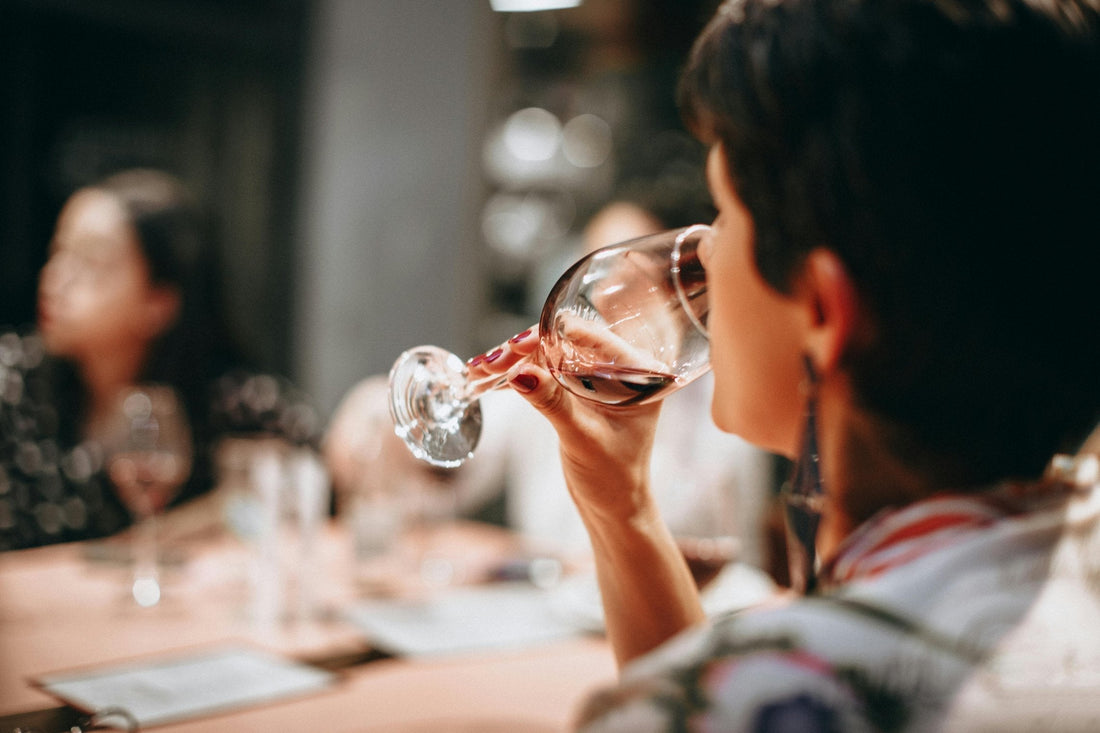
How to Sell More Wine by the Glass with Less Waste
Serving wine by the glass is one of the most profitable yet challenging aspects of modern wine service. For sommeliers, restaurateurs, and wine bar owners, it’s a balancing act: delighting customers with a wide selection while minimizing costly waste.
The good news? With the right strategies and technology, you can increase wine by the glass sales, enhance customer satisfaction, and cut waste dramatically. Let’s explore how.
Why Focus on Wine by the Glass?
Meeting Consumer Demand
Today’s guests are more curious and adventurous than ever. Many prefer ordering wine by the glass to:
- Sample different varietals without committing to a bottle.
- Pair wines with each course of a meal.
- Enjoy premium wines at a fraction of the cost of a full bottle.
💡 Fact: Studies show that wine by the glass programs can boost total wine sales by 20–30% in restaurants.
Profitability for Businesses
Selling by the glass often yields higher margins per ounce than selling by the bottle. For example:
- A bottle purchased wholesale for €15 can yield €45–€60 in sales when served by the glass.
- Guests are more likely to order a second glass when their first is perfectly chilled and served at the ideal temperature.
The Waste Challenge in By-the-Glass Programs
Unfortunately, with higher sales potential comes a major obstacle: waste.
Common Sources of Wine Waste
- Spoilage: Open bottles oxidize within days, losing freshness and quality.
- Over-pouring: Without standardized control, pour sizes vary, eating into margins.
- Poor temperature control: Serving wine too warm or too cold leads to unsold glasses.
- Limited storage: Restaurants keep fewer wines on hand, restricting variety and upsell opportunities.
The Environmental & Financial Impact
Every glass poured and wasted represents:
- Lost revenue — often thousands per year for busy establishments.
- Environmental harm from discarded wine and bottles.
- A diminished customer experience from wines not served at their best.
Proven Strategies to Increase Sales and Reduce Waste
Smart Wine List Design
Your wine list should invite exploration while remaining practical.
- Rotate selections: Keep the menu fresh with seasonal or monthly rotations.
- Feature premium options: Guests love the chance to try high-end wines without buying a bottle.
- Pair with food: Suggest wines by the glass alongside popular dishes for easy upsells.
Staff Training & Upselling Techniques
Well-trained staff are your best sales tool.
-
Storytelling: Teach servers the story behind each wine — vineyard origin, grape variety, or unique tasting notes.
- Confidence in upselling: Encourage recommending a higher-margin wine as the “perfect pairing.”
- Consistency in service: Standardize pour sizes to ensure value and profitability.
Wine Preservation Technology
Technology is revolutionizing wine by the glass service.
Keg & Tap Systems
- Reduce oxidation and eliminate leftover bottles.
- Allow for bulk purchasing at lower cost.
- Appeal to sustainability-minded consumers.
Wine Preservation Tools
- Use vacuum systems or inert gas preservation to extend bottle life.
- Track open bottles and freshness to prevent spoilage.
Rapid Cooling with LeChiller®
Unlike traditional fridges or ice buckets, LeChiller® brings any bottle to its ideal serving temperature in just 3–7 minutes.
- Chill red wine to 15°C in 2 minutes.
- Serve white wine or champagne perfectly chilled in 6–7 minutes.
- Eliminate the need to pre-chill large inventories.
💡 Result: Less waste, more flexibility, and the ability to say “yes” to any guest request.
Portion Control & Pricing Strategies
- Standardized pour sizes: Stick to 125ml, 150ml, or 175ml pours for consistency.
- Dynamic pricing: Offer premium wines in smaller pours to make them accessible.
- Track and adjust: Use POS systems to monitor sales and identify slow movers.
Sustainable Solutions: Less Waste, More Profit
Sustainability is more than a trend — it’s a customer expectation.
The Benefits of Waste Reduction
- Higher profit margins by reducing unsold wine.
- Eco-friendly operations that resonate with modern consumers.
- Stronger brand reputation as a forward-thinking, sustainable establishment.
With LeChiller®, you serve only what’s ordered, at the right temperature, without relying on excessive refrigeration. That means lower energy consumption, less spoilage, and a greener wine service model.

Case Studies & Success Stories
“Since integrating LeChiller into our wine program, we’ve cut our wine waste by 70% and boosted wine by the glass sales by 25%. Guests are amazed at how quickly we can serve their wine perfectly chilled.” — Michelin-Starred Restaurant Sommelier
“We used to keep a dozen white wines pre-chilled, wasting half. Now, with LeChiller, we only chill what we serve — and our list is bigger than ever.”
— Owner, Boutique Wine Bar
FAQ: Practical Buying & Service Questions
How can restaurants reduce wine waste?
By controlling pour sizes, using preservation technology, and chilling only what’s served.
What’s the standard pour for wine by the glass?
Typically 125ml or 150ml, depending on local standards and price positioning.
Do wine keg systems work better than bottles?
They’re excellent for high-volume service but limit flexibility. LeChiller® allows you to keep variety without waste.
How much does wine waste cost restaurants annually?
For a mid-size restaurant, losses can easily reach €10,000–€15,000 per year.
Conclusion: Elevate Wine by the Glass Service Today
Selling more wine by the glass doesn’t have to mean more waste. With smart list design, well-trained staff, and innovative technology like LeChiller®, you can:
-
Boost sales and profitability
-
Deliver wines at perfect serving temperature
-
Drastically cut spoilage and waste
-
Offer a sustainable, eco-conscious wine program


